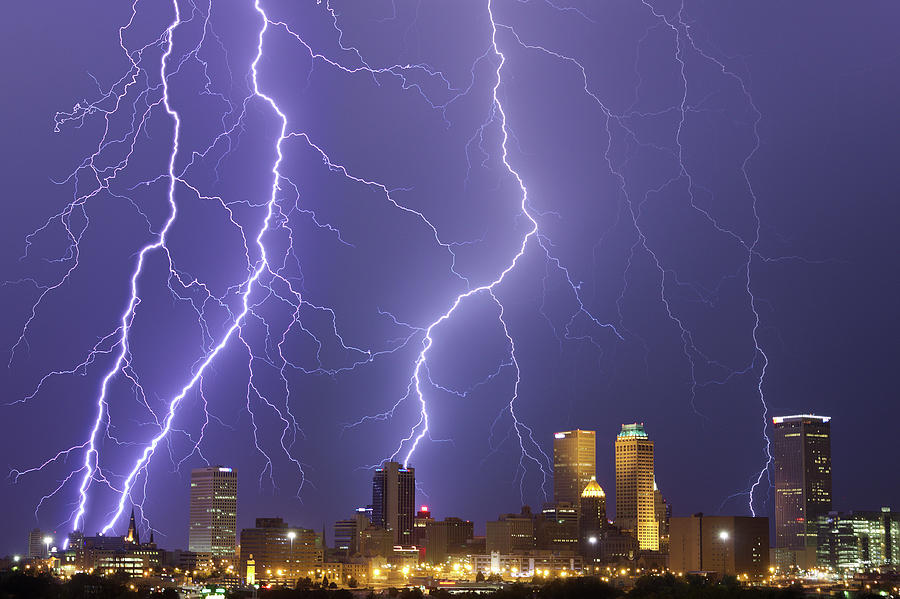wxman57 wrote:Nuno wrote:wxman57 wrote:
Many of the named storms this season were VERY short-lived and weak. Take "Alpha", for example. Upgraded as it move inland into Portugal? The NHC would never have named such a system in the past. Ignore the named storm numbers. We've had only 9 hurricanes and 3 major hurricanes, which is about what was predicted hurricane-wise but below what was predicted in terms of major hurricanes. ACE-wise, it's only an average season.
Why ignore the named storm numbers? Because many didn't last long or were weak? Longevity potential doesn't factor into the classification of storms. If they meet the classification, they're named. We're not in the past, we're in the present. They're named now thanks to better technological tools and access to data, unless you are implying NHC are naming storms for an alternative reason.
The number of named storms continues to go up, partly because we have better technology to detect weak, short-lived storms far out to sea. The NHC has also changed what qualifies as a TS in recent decades. They're naming subtropical storms now, too. All of this leads to more named storms than in the past, but not more hurricanes or major hurricanes. That's why the number of named storms, relative to climatology, is not very significant. A total of 9 hurricanes (maybe 10) with only 3 major hurricanes is not particularly impressive. Consider that one of those hurricane upgrades was the one that moved inland into Belize (Hanna?). That may have been a questionable upgrade, in my opinion.
It was Nana and yes I agree it was a questionable upgrade. But Gamma I think should (and I think it will) be upgraded to a hurricane so the numbers would even out. 9 hurricanes and 3 majors isn't all too impressive by itself although it is above average. But getting to Greek letters has to be counted. Even with our much improved technology, this is only the second time we have reached Greek letters. It would be different if was like a version of *wait for it* 2013, where we only have a couple hurricanes and no majors, but given the overall numbers, this season is hyperactive










